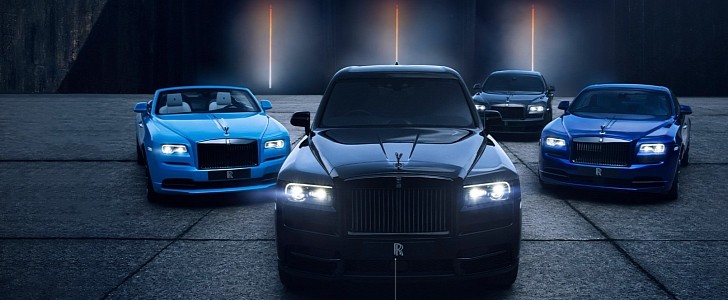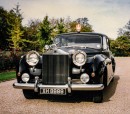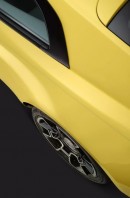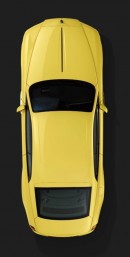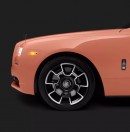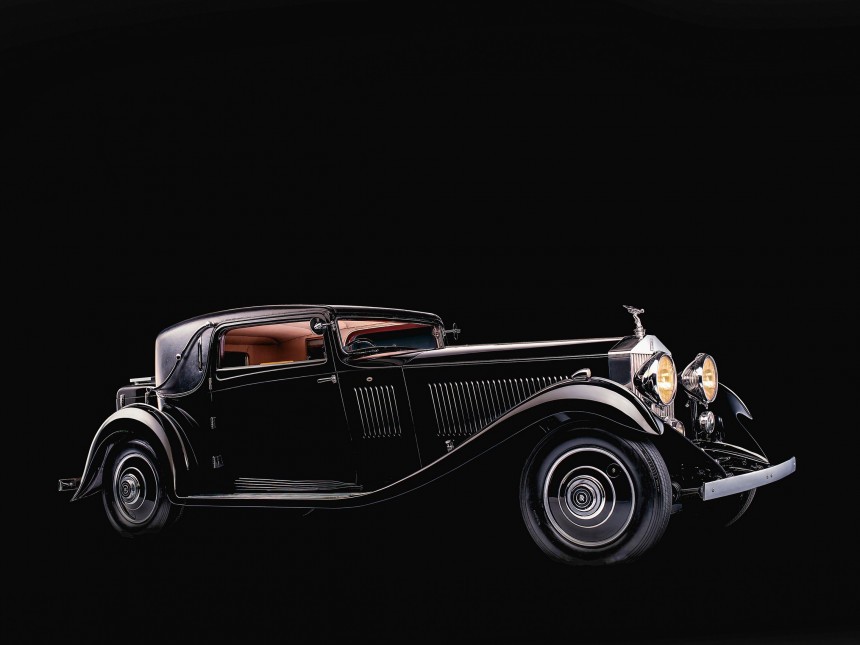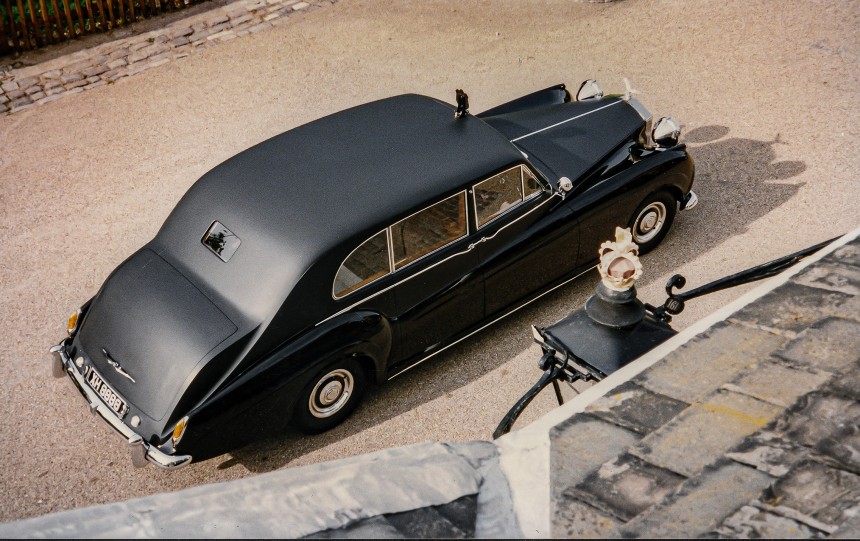Because individuality is praised beyond belief, especially when associated with a huge bank account, Rolls-Royce has all sorts of customization temptations at one’s disposal. And, when opting for a Cullinan, Wraith, or Dawn, the Black Badge is one of the best ways to stand out.
It’s been a little more than a year since Rolls-Royce introduced the latest member of the Black Badge family, its one-and-only SUV. The Cullinan joined forces with the Wraith coupe and Dawn convertible, so anyone could choose to “live on their terms and reject conformity.”
Because it’s called Black Badge, one would assume that black is always the only option for these special versions. Of course, since it’s Rolls-Royce we are talking about, personalization choices are almost limitless. And, just to make sure everyone understood, the ultra-luxury British automaker even played with the minds and souls of Black Badge aficionados via the Neon Nights limited edition series a while back.
But, as far as Rolls is concerned, Black Badge Cullinans, Wraiths, and Dawns aren’t just designed to make a splash. They are also “bolder in attitude,” as they were “designed with more torque, control, and power.” Additionally, one should also expect the “fine-tuned responsiveness of dynamic handling,” with everything penned on the template of the infinity symbol: “an emblem that once marked historical water-speed records. A hallmark trusted by adrenaline pioneers. Now, an icon of Black Badge.”
And, according to the company, the spirit of Black Badge has been decidedly present across time in its creations even before the official arrival of the performance/custom-oriented sub-brand back in 2016. Thus, Rolls-Royce delved deep into history to uncover a trio of models that would make any bespoke thrill seeker proud. The “rebellious” cars were carefully selected among decades of existence of the 117-year-old brand, and they also seem to reflect upon the incredible desires of their illustrious patrons.
On this occasion, though, the trio’s recurring argument has to do with the complete finish in black. Unlike the family launched in 2016, which is clearly a lot more expansive in terms of color profiles. Well, back to the first Rolls-Royce argument about the heritage birth of the Black Badge, we have the 1933 Phantom II Continental (94MY).
This model was the first in a series of cars that strived to build on the recent legacy of designer Ivan Evernden’s long-distance touring experimental Phantom II Continental (26EX). It had an ‘Owen Fixed Head Coupé’ bodywork, a signature of London coachbuilder Gurney Nutting. And it came with black paint as well as “special brown leather, piped in light brown, carpets and headlining to tone, and woodwork of highly polished veneers.” So, both high performance and superior comfort, along with a dash of personalization.
After Rolls introduced the Phantom V in 1959 as the one to replace the antiqued Silver Wraith, the much larger car mostly attracted the attention of chauffeur-driven members of the “wealthy establishment.” But among the exceptions was the 1960 Phantom V (5AT30) that was delivered to HRH The Duke of Gloucester, third son of King George V and Queen Mary, and none other than Her Majesty Queen Elizabeth II’s uncle.
His Royal Highness had very personal ideas about his Phantom V, so Rolls ended up with a few changes that would bode great among contemporary users. Among them was the matte black paintjob for some surfaces, while others got a glossy take of the same colorful nature. Many other bespoke touches were present, including the possible first-ever use of an “umbrella in holder.”
Interestingly, the car even suffered a potentially horrific rolling accident in 1965 – though none of the occupants suffered a severe injury after the Phantom V overturned three times and landed on the roof. Meanwhile, finally, comes another Phantom V example built in 1965 (5VD73), which belonged to none other than John Lennon. And he wanted the car not just black, but as dark as a black hole all over – inside and out, including with a brightwork delete (those usually came in chromium or stainless steel).
Because it’s called Black Badge, one would assume that black is always the only option for these special versions. Of course, since it’s Rolls-Royce we are talking about, personalization choices are almost limitless. And, just to make sure everyone understood, the ultra-luxury British automaker even played with the minds and souls of Black Badge aficionados via the Neon Nights limited edition series a while back.
But, as far as Rolls is concerned, Black Badge Cullinans, Wraiths, and Dawns aren’t just designed to make a splash. They are also “bolder in attitude,” as they were “designed with more torque, control, and power.” Additionally, one should also expect the “fine-tuned responsiveness of dynamic handling,” with everything penned on the template of the infinity symbol: “an emblem that once marked historical water-speed records. A hallmark trusted by adrenaline pioneers. Now, an icon of Black Badge.”
On this occasion, though, the trio’s recurring argument has to do with the complete finish in black. Unlike the family launched in 2016, which is clearly a lot more expansive in terms of color profiles. Well, back to the first Rolls-Royce argument about the heritage birth of the Black Badge, we have the 1933 Phantom II Continental (94MY).
This model was the first in a series of cars that strived to build on the recent legacy of designer Ivan Evernden’s long-distance touring experimental Phantom II Continental (26EX). It had an ‘Owen Fixed Head Coupé’ bodywork, a signature of London coachbuilder Gurney Nutting. And it came with black paint as well as “special brown leather, piped in light brown, carpets and headlining to tone, and woodwork of highly polished veneers.” So, both high performance and superior comfort, along with a dash of personalization.
His Royal Highness had very personal ideas about his Phantom V, so Rolls ended up with a few changes that would bode great among contemporary users. Among them was the matte black paintjob for some surfaces, while others got a glossy take of the same colorful nature. Many other bespoke touches were present, including the possible first-ever use of an “umbrella in holder.”
Interestingly, the car even suffered a potentially horrific rolling accident in 1965 – though none of the occupants suffered a severe injury after the Phantom V overturned three times and landed on the roof. Meanwhile, finally, comes another Phantom V example built in 1965 (5VD73), which belonged to none other than John Lennon. And he wanted the car not just black, but as dark as a black hole all over – inside and out, including with a brightwork delete (those usually came in chromium or stainless steel).
